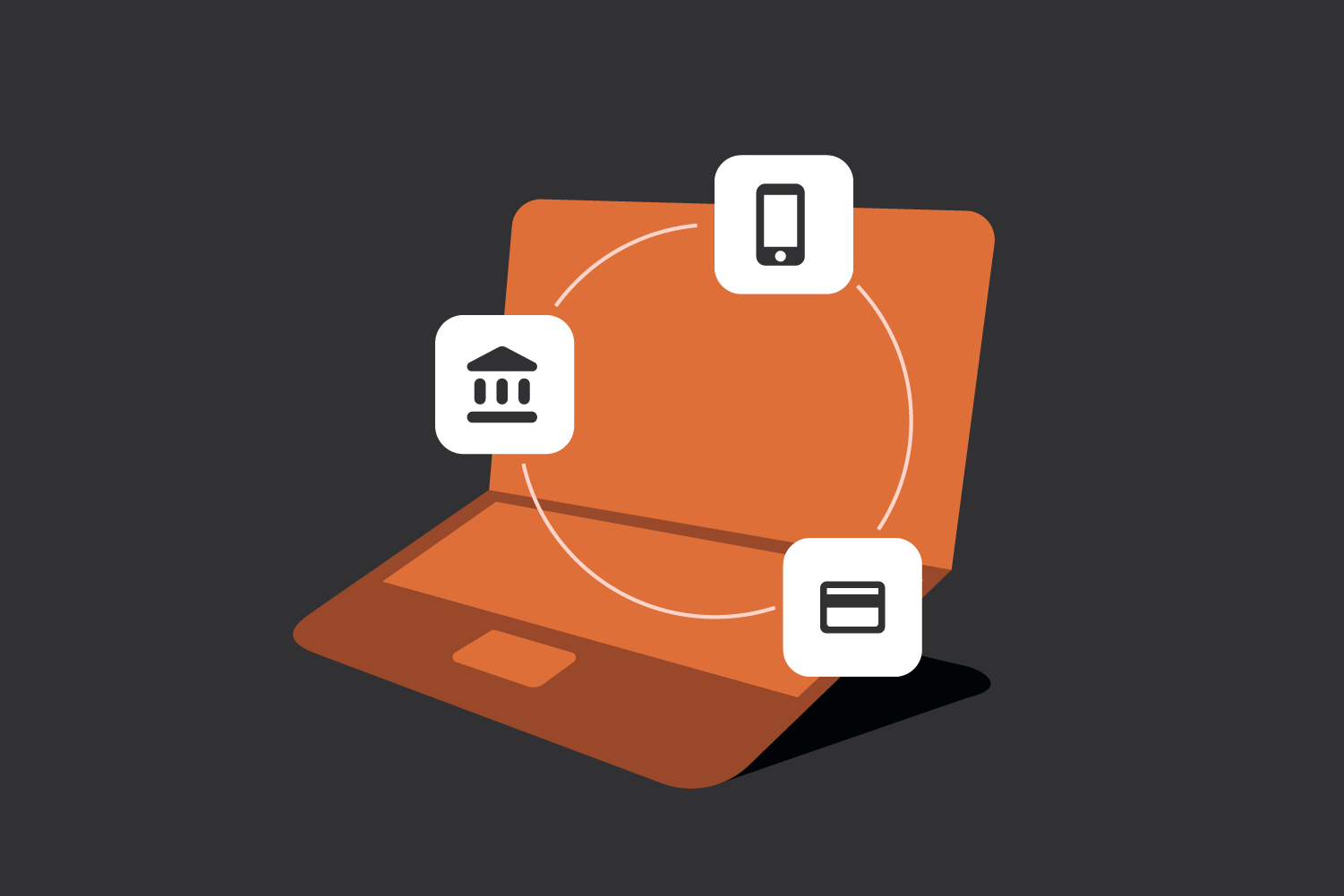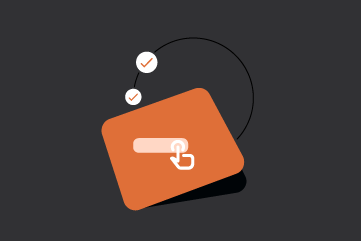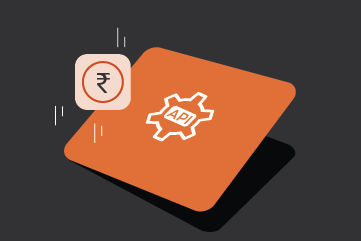Back in time, businesses had to visit a bank branch, fill out forms, wait for manual approvals, and rely on paper trails to manage finances. Fast-forward to today, and everything from opening a bank account to managing vendor payouts can be done digitally, with the click of a button.
But have you ever wondered how that’s possible?
The answer lies in API banking—a quiet yet powerful innovation reshaping how businesses interact with banks. And the best part? You don’t need to be a techie to understand it.
In this blog, we’ll break down API banking for non-developers. Whether you’re a founder, finance manager, product leader, or simply curious about fintech, this guide will help you grasp what API banking is, why it matters, and how it’s transforming the way businesses operate.
What is API Banking?
API (Application Programming Interface) banking refers to the use of APIs to connect banks with businesses, fintech platforms, ERPs, or third-party applications in real time. These APIs allow secure, programmatic access to banking services such as:
- Opening a bank account
- Sending or receiving payments
- Fetching bank statements
- Verifying account details
- Managing collections or payouts
Think of APIs as messengers. They enable two systems—your business software and the bank—to communicate with each other and exchange information without requiring human intervention.
Example: When a customer pays you via UPI or net banking on your app, the transaction is processed through a bank’s API that confirms the payment in real-time.
Why Was API Banking Even Needed?
Traditional banking systems were built around human processes and legacy systems. That made them slow, siloed, and difficult to integrate with modern digital workflows.
Here are some of the biggest limitations businesses faced before API banking:
- Long wait times for setting up banking services
- Manual reconciliation of payments and payouts
- Fragmented cash flow views across multiple accounts
- Limited customization or automation
API banking solved these challenges by making banking programmable and scalable, just like software.
Key Benefits of API Banking for Businesses
Even if you don’t touch a single line of code, the impact of API banking on your business is massive.
Faster customer experiences
APIs enable real-time payments, instant KYC verification, and faster service delivery. Whether you’re onboarding users, disbursing loans, or managing subscriptions, everything runs quicker.
Operational efficiency
No more downloading bank statements manually or matching payments in spreadsheets. With connected banking APIs, data flows automatically into your systems, reducing time spent on reconciliation.
Better cashflow visibility
By integrating APIs from multiple banks, you get a unified view of all your funds, collections, and payouts across all accounts and channels.
Scalable finance infrastructure
As your business grows, so do your financial needs. API banking helps you scale without adding manual overhead or investing in expensive infrastructure.
Improved compliance
Some APIs often come with audit trails, verification tools, and automated tax handling features, helping you stay compliant without hiring extra help.
Common API Banking Use Cases
Let’s look at some real-world applications—without the jargon.
Virtual Accounts for Collections
Instead of giving one bank account to all customers, assign a unique virtual account to each payer. The API helps identify who paid what, simplifying reconciliation.
Automated Payouts
Whether it’s salary payments, vendor settlements, or cashback rewards, payout APIs let you schedule and send payments at scale, without logging into a bank portal.
Bank Statement Fetching
Need to show transaction history for a loan or internal review? An API can fetch the latest statement directly from the bank without human intervention.
Account Verification (Penny Drop)
Before transferring money, use a verification API to confirm if the account number and name match. It reduces errors and fraud risks.
UPI & Payment Gateway Integration
Offer customers their preferred payment modes via APIs—like UPI, cards, wallets, or net banking—and receive real-time updates on success/failure.
How API Banking Works
Let’s visualize this in a simple workflow:
- Your App or backend system: Where you operate your business or manage your payments.
- Banking API layer: This acts as the bridge between your system and the bank.
- The Bank’s core system: Where the actual transactions and account data reside.
When you initiate a payment from your app:
- The API captures the request.
- Validates security credentials.
- Communicates with the bank’s system.
- Executes the transaction.
- Sends back a real-time success/failure response
All of this happens in a few seconds, without manual steps or paperwork.
Where Zwitch Comes In: Banking, Made Simple
At Zwitch, we believe modern banking should be seamless, even for non-developers.
That’s why we’ve built a low-code suite of banking APIs that power everything from collections, payouts, and compliance.
Here’s how Zwitch simplifies API banking for you:
- Pre-integrated banking rails top banks and financial partners.
- Developer-friendly APIs with minimal setup.
- No-code dashboards for operations and finance teams.
- Built-in compliance with KYC, GST, and tax handling.
- Instant sandbox access for testing and go-live in days.
With Zwitch, even non-tech teams can manage financial operations confidently, without depending on engineering bandwidth.
API banking isn’t just a technical trend—it’s a fundamental shift in how businesses build and scale financial operations. From startups to large enterprises, API-driven banking helps you move faster, reduce costs, and serve customers better.
With platforms like Zwitch, you get the best of both worlds: powerful banking infrastructure and simple interfaces your team can actually use.
Frequently Asked Questions (FAQs)
Do I need a developer to use API banking?
Not always. Platforms like Zwitch offer low-code dashboards and plug-and-play tools to help finance and ops teams use APIs without coding.
Is API banking secure?
Yes. APIs follow strong authentication protocols (like token-based security) and data encryption to ensure safe transactions.
Which banks support API banking in India?
Many large banks—including ICICI Bank, Axis Bank, Yes Bank, and HDFC—offer API banking infrastructure, often via fintech partners like Zwitch.
How does API banking differ from online banking?
Online banking is for manual use (via portals). API banking is for automating banking tasks within your own systems and workflows.










